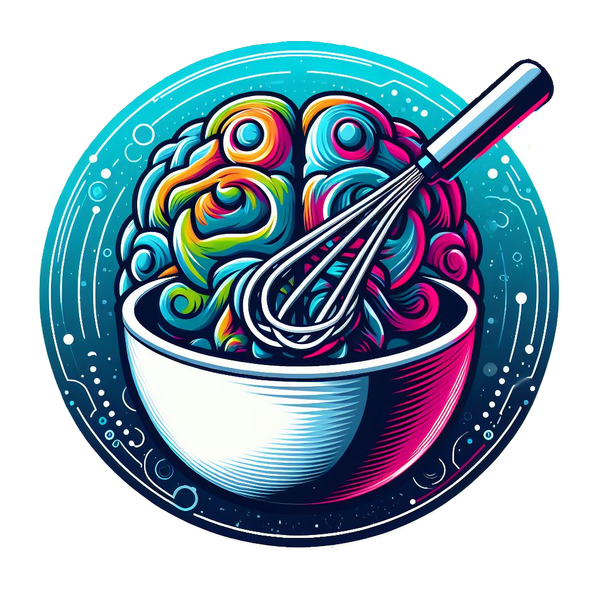What’s So Great About A Neuro Approach?
When it comes to personal productivity, there are loads and loads of tools, software and systems to help you get closer to your goals. Everything from time management tools, task lists, project management software, mindfulness apps, public speaking courses… I could go on, but you probably know this area as much if not better than I do because like me, you’ve probably tried or currently use some of these tools and systems. But have they worked for you?
I’m guessing that you are still looking for that ‘something’ that will make a real difference, otherwise you wouldn’t be here reading this. So let’s take a brief look at why some of those tools and systems haven’t provided you with the results you want; why you are still frustrated; why you are still disappointed with your progress.

Output solutions to solve input problems
What most of these tools, systems and software have in common is that they are all output solutions. That is, they are tangible things that are attempting to make your life easier by targeting your output of skills like time management, social interaction, memory, focus, positivity etc. There are some exceptions such as those solutions that target your interoception. These focus on mindfulness, self-worth and your purpose or why. However, even these tools still rely on you being able to do something output-based to actually use the system effectively. Let’s look at some examples.
First, there’s time management. This is a favourite area to target when it comes to personal productivity. Get organised with a four day week or employe AI driven project management software or task lists. The theory being that if you are better able to prioritise and use your time, you’ll get more done in less time – or at least be less stressed doing what you need to do. But what happens if you can’t effectively use these systems and tools because that’s just not how your brain works?
It’s not necessarily that the solution itself is useless as they do work for some people. It’s more because of how your brain is working right now – you can’t use the tools the way they are designed. The solution? Influence how your brain is working and suddenly you will be able to use the tools. So, change the inputs to alter the output quality of the skills you need to use the tools and systems.
You have areas of your brain that are involved in your ability to organise, time-keep and plan. These are cortical (frontal lobe) and brainstem areas, and the good news is that in most cases these can be stimulated and trained.
How about those interoceptive mindfulness and “purpose” systems? Well, the same applies here. If a system involves you meditating for example, do you have the ability to sit quietly and contemplate, or do you quickly lose focus and get fidgety. If the latter is you, meditation will be a very frustrating and disappointing exercise. But, by stimulating and training areas of your brain such as the prefrontal cortex and the brainstem (yep, your brainstem is super important) you can improve your ability to be calm and focus for longer periods of time. This will allow you to get more out of meditation and similar focus-based productivity solutions.
Likewise, by stimulating your Vagus nerve, you can improve mood, lower anxiety, and set yourself up to answer some of the harder questions that a system that attempts to uncover your why and your purpose demands.

Conclusion
The big advantage of taking a neuroscience approach to productivity is that you are preparing yourself to use all those existing tools in the way they were designed and get the most out of them. A neuro approach creates the foundation for everything else to be built upon. It doesn’t necessarily replace all your favourite productivity solutions (although it might make some of them redundant), but taking a neurocentric approach will supercharge their effectiveness.




